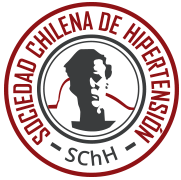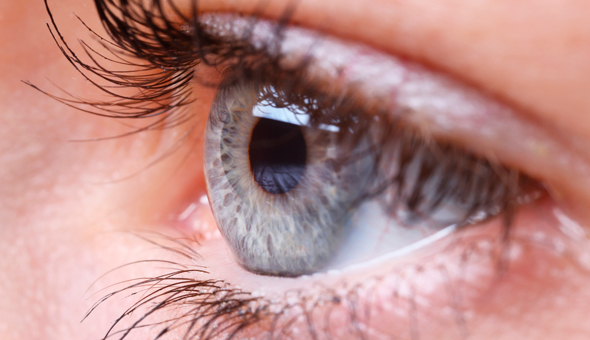In April 2013, and video of the World Health Organization(OMS) warned that one in three adults suffered from hypertension. Alertaban, besides, that “derivative complications are the cause of 9,4 millions of deaths each year” around the globe.
It is a pathology that is explained, according to OMS, because “every time the heart beats, pumps blood to the vessels, that carry blood to all parts of the body. Blood pressure is the force exerted by blood against the walls of the vessels. (arteries) when pumped by the heart. The higher the tension, “The more effort the heart has to make to pump.”.
The ophthalmologist at the Ultravision clinic, Andrew Palma, specified to BioBioChile that hypertension is systemic and can lead to other medical conditions: heart diseases, kidney abnormalities, stroke and eye problems.
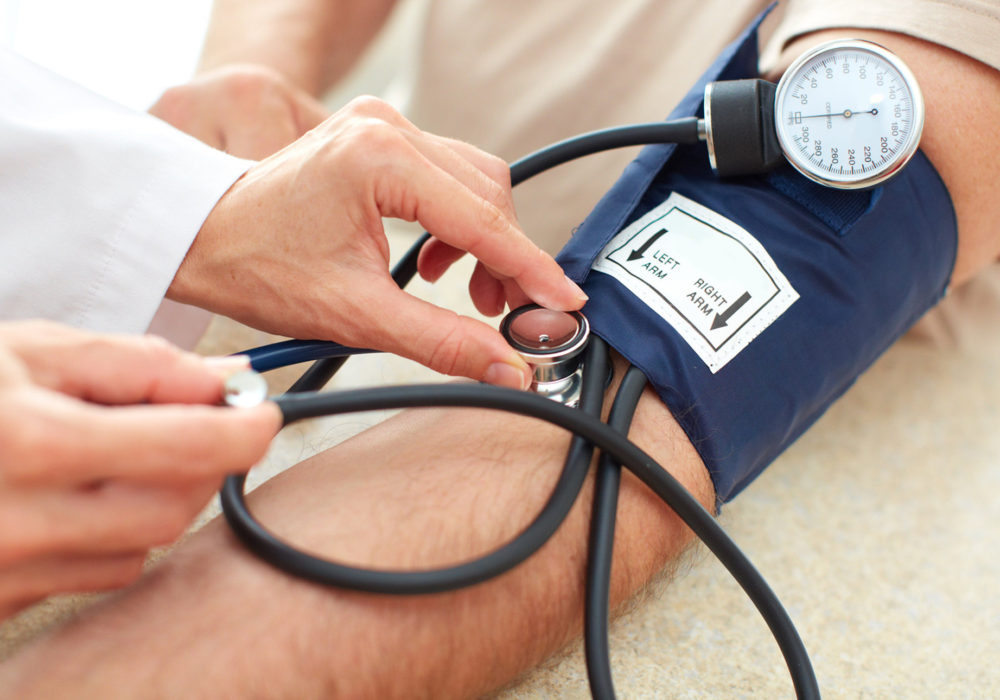
Hypertension and vision
“The most frequent damage to sight originates through thrombosis. It's not the worst, but it is the most common. Called retinal vein thrombosis“, Palma detailed, adding that occlusions can also occur in arteries, but they are less common.
The expert explained that, just like the rest of the body, The eye also has blood vessels responsible for supplying blood for its function..
"Sometimes, due to hypertension, the passage of blood is obstructed (…) and when that is generated, the vein simply can't hold up and breaks, and causes bleeding into the retina, “the layer of the eyeball that receives light and transforms it into nerve impulses so that the brain converts them into images.”, he pointed.
“In some cases only one vein can be blocked.”, generating a branch retinal vein thrombosis, which causes partial loss of vision. In other cases it can generate the central retinal vein obstruction and there the damage is more catastrophic.”, said.
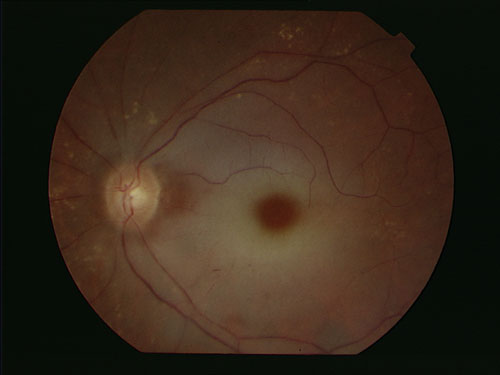
Although thromboses are the most common, It may also occur that “severe chronic hypertensive patients, that the condition is not treated regularly, generate exudates in the retina. This means that liquids are released that cause a edema - swelling caused by the accumulation of these-, which ends in vision problems”.
How to stay tuned
Palma explained that the most common thing is for patients to describe “shadows”, “black spots”, “flies” or “spiders” floating in the air. "That, generally, It is related to the bleeding inside the eye.”, explained.
And in the event of ocular thrombosis, For example, “not only does it bleed at the level of the retina, but the blood goes towards the vitreous, a kind of jelly that fills the eye. So, when it is stained with blood, “Patients perceive that at some point they began to see less or blurred”, Indian.
The expert's recommendation is to always be attentive to sudden changes in vision. “If it is from one day to the next, If the patient says 'yesterday I saw well and today I don't know what's wrong with me', one might think that it is something at the vascular level”, added.
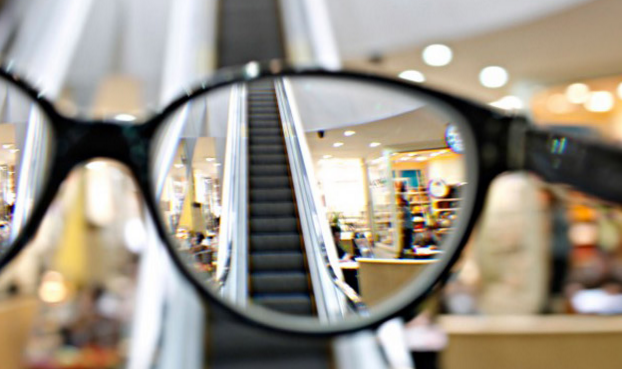
Possible treatments
Palma specified that, although there are treatments, visual recovery “will never be complete”, “There will always be consequences.”.
Treatments are aimed at preventing alterations secondary to venous occlusions from appearing.. And it is that, according to the specialist, “as the retina has less blood and less oxygen, the body begins to generate new abnormal blood vessels to try to improve that area, but they are altered, they do not work".
“That is what must be prevented from appearing, because they could end up producing glaucoma -due to the alteration of intraocular pressure-. The medications used are injected directly into the eye.. Some patients may have a good recovery, especially when it comes to venous occlusions”, detailed. Nevertheless, specified that if the diagnosis is a retinal artery occlusion, the panorama is more complicated.
“That's why time is important.. It is not the same for a patient to tell me 'I haven't seen well in one eye for two months than for him to tell me that yesterday I started to see differently.'. "The sooner the treatment is carried out, the injuries that appear later will be avoided.", pointed out.
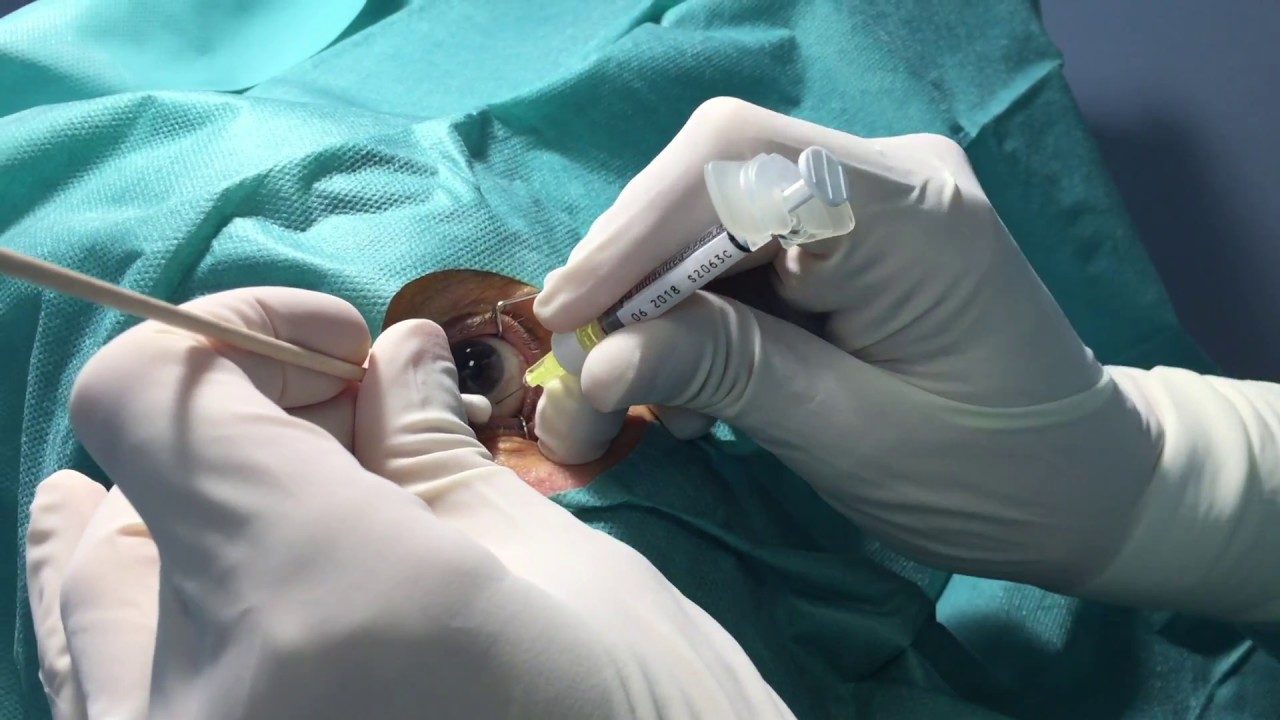
Other key tips
The ophthalmologist warns that, besides, We must be attentive to other types of diseases that could affect vision. The most common: diabetes. This can cause complications such as cataracts or diabetic retinopathy..
Regarding hypertension, He only recommended “keeping the pressure controlled with the prescribed medications and the diet recommended by the doctor.”. “With good control, the risks of having this type of eye disorders are greatly reduced”, he pointed.
Finally, advised “self-care” which involves a vision test once a month. “The important thing is that the patient is aware of how he sees with each eye. Cover one eye and then the other and see what condition it is in, it is simple", pointed out.
Thus, detecting any alteration early, Major risks could be prevented with a medical consultation.
Fuente: www.biobiochile.cl
